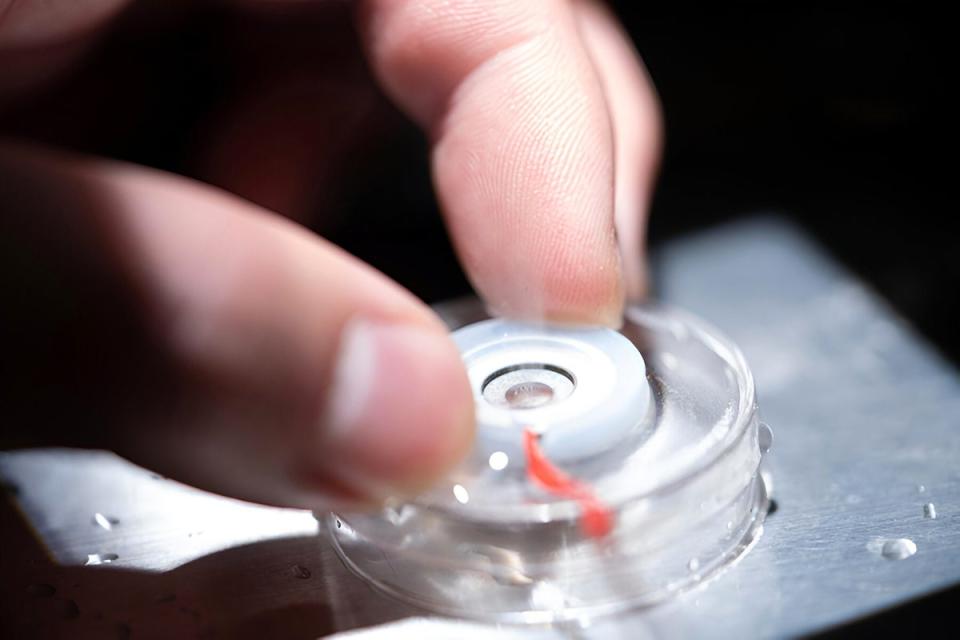Scientists discover ‘revolutionary’ phenomenon that solves 80-year-old mystery

Scientists have discovered a phenomenon with water that fundamentally changes our understanding of how the world works and could lead to brand new technologies.
A team from Massachusetts Institute of Technology (MIT) uncovered a process called “photomolecular effect” that demonstrates for the first time that water can evaporate with no source of heat using light alone.
The research may also solve an 80-year-old mystery about why clouds absorb sunlight in a way that appears to defy the laws of physics. For decades, scientists and climatologists have puzzled over the discrepancy of how clouds absorb more light than theory suggests is possible.
“The finding of evaporation caused by light instead of heat provides new disruptive knowledge of light-water interaction,” said Xiulin Ruan, a professor of mechanical engineering at Purdue University, who was not involved in the research.
“It could help us gain new understanding of how sunlight interacts with cloud, fog, oceans, and other natural water bodies to affect weather and climate... This research is among the rare group of truly revolutionary discoveries which are not widely accepted by the community right away but take time, sometimes a long time, to be confirmed.”

The discovery could impact everything from climate change calculations to weather forecasts, while also opening up new practical applications for things like energy and clean water production.
Early applications will likely come within solar desalination systems, according to the researchers, allowing a more efficient way to produce fresh water than current techniques.

“I think this has a lot of applications,” said Gang Chen, an MIT professor who was involved in the research.
“We’re exploring all these different directions. And of course, it also affects the basic science, like the effects of clouds on climate, because clouds are the most uncertain aspect of climate models.”
The findings were published in the journal Proceedings of the National Academy of Sciences (PNAS), in a study titled ‘Photomolecular effect: Visible light interaction with air-water interface’.
The study describes how the scientists undertook a series of 14 painstakingly precise experiments to prove that photons from the visible light spectrum could “cleave off” water clusters exposed to the air.
The work also suggested that the photomolecular effect is not limited to the lab and is prevalent in nature.
“The observations in the manuscript points to a new physical mechanism that foundationally alters our thinking on the kinetics of evaporation,” said Shannon Yee, an associate professor of mechanical engineering at Georgia Tech, who was not involved in the research.
“Who would have thought that we are still learning about something as quotidian as water evaporating?”


